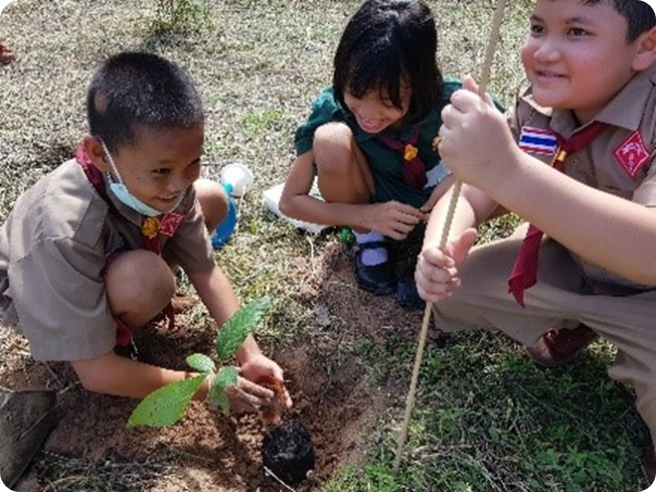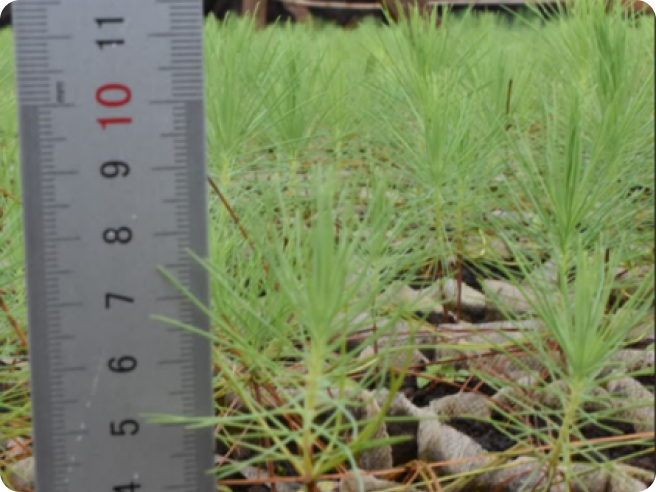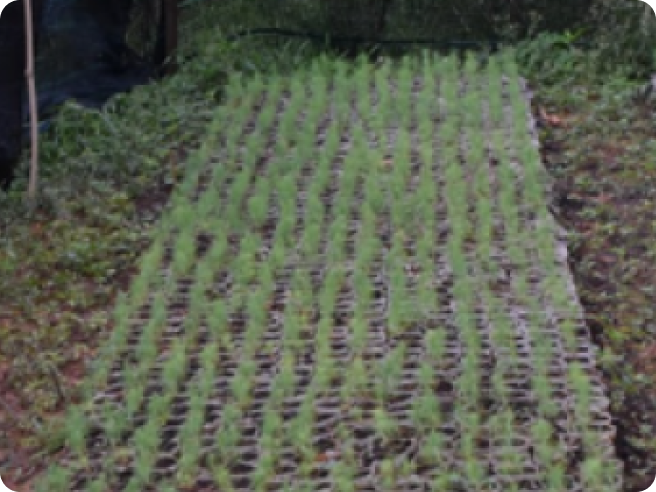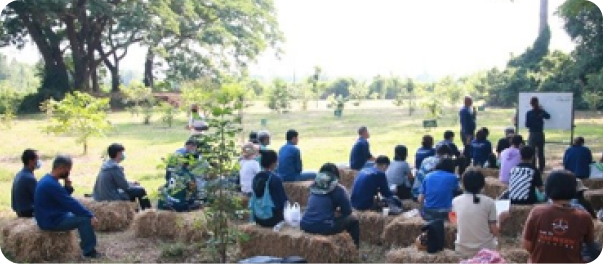背景
泰國位於中南半島,50 年前,60%以上國土面積是森林,根據FAO數據顯示2016年森林消失僅剩下占國土面積 32%。根據泰國農業經濟辦公室的數據,大約 320 萬公頃的土地用於橡膠種植採伐園。泰國還有油棕種植園約 100 萬公頃,過去10年中平均每年增長率為 5%。油棕種植區和棕櫚油榨油廠過去主要位於南部地區,近年來逐步擴展到北部、中部和東北部地區。聯合國開發計劃署 (UNDP) 的估計顯示,泰國的熱帶泥炭地在 64,000 至 75,000 公頃之間,這些泥炭地也不斷被排乾用於橡膠、油棕、水稻種植園等農業用地。總體而言,總面積中約 41.5%土地都用於農業種植園了。
在上述挑戰下,迫切需要提高生長速度較快的樹木及快速造林修復計劃。本項目採用培訓當地人在原生樹種之下種植菌根的技術,促進當地森林修復。項目也有助於破除一些誤解,如本地品種的樹木生長緩慢等。項目還在泰國南部森林砍伐區和種植園區支持農民開展基於社區的森林修復。
同在東南亞的越南則面臨森林退化、生物多樣性喪失等類似挑戰。林同省(Lam Dong)位於越南中部高原,長期以來一直被稱為越南的生物多樣性熱點。當地主要旅遊景點之一的大叻市 (Da Lat) 由於快速的經濟發展,包括家畜養殖、園藝產業、蔬菜基地等,導致當地林地不斷退化。為此,項目支持一個社區為基礎的造林復林行動,以科學知識為後盾,支持鳥類專家、真菌科學家等與當地社區合作,將完整森林系統的建設與當地村民經濟收入結合起來。
在泰國和越南應對森林修復的重要技術原理是基於菌根-原生樹種共生關係。菌根是真菌(存在於土壤和植物中的有機物)和根部之間的共生關係基質,主要負責養分轉移。這種高等植物—真菌之間的共生關聯對於維持森林生態系統非常重要。森林生態學研究表明,所有類型的菌根形成都有利於光照強度和低養分,具有真菌共生的樹木比沒有共生關係的樹木生長得更快。




